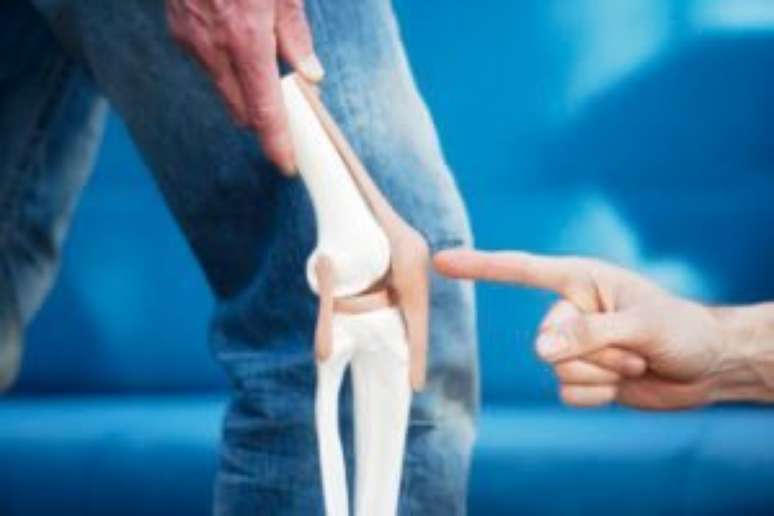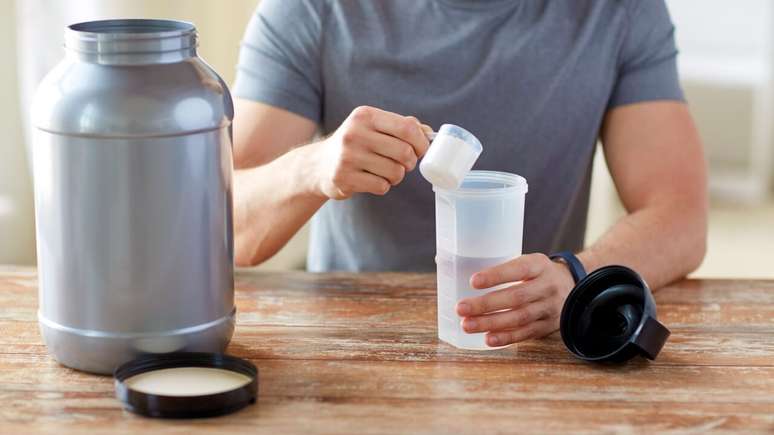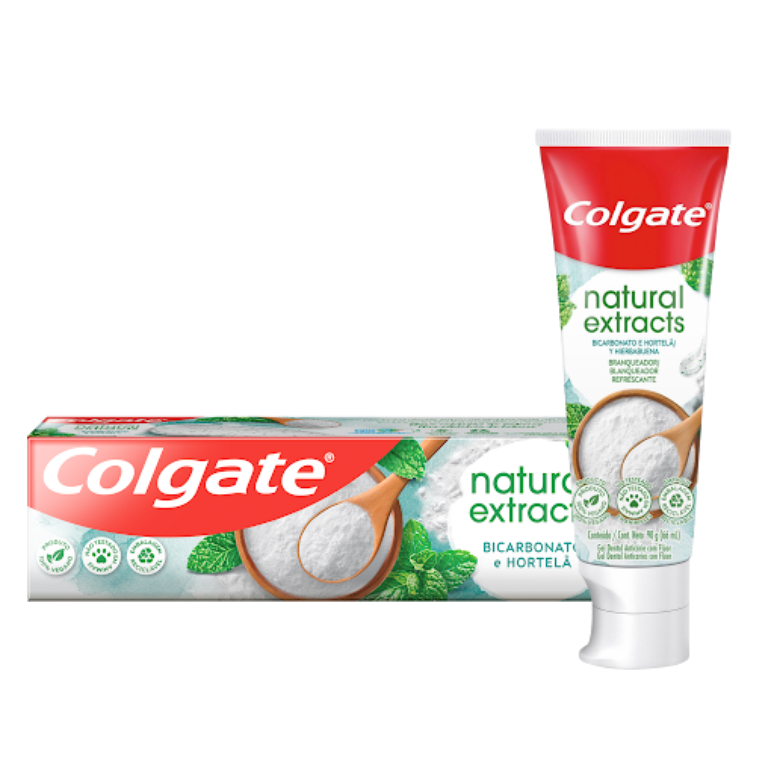In the progressive stages, disease affecting the knee joints requires special attention.
In the progressive stages, disease affecting the knee joints requires special attention.
Like all diseases, osteoarthritis (OA) has several stages, up to the significant impairment of the patient’s knees. Therefore, it is important to pay attention to them, as even an apparently asymptomatic level can evolve into discomfort, swelling and pain.
html[data-range=”xlarge”] figure image img.img-bcece16aa13ef806912756c419e05854f500lln0 { width: 774px; height: 516px; }HTML[data-range=”large”] figure image img.img-bcece16aa13ef806912756c419e05854f500lln0 { width: 548px; height: 365px; }HTML[data-range=”small”] figure image img.img-bcece16aa13ef806912756c419e05854f500lln0, html[data-range=”medium”] figure image img.img-bcece16aa13ef806912756c419e05854f500lln0 { width: 564px; height: 376px; }HTML[data-range=”small”] .article__image-embed, html[data-range=”medium”] .article__image-embed { width: 564px; margin: auto 0 30px; }
Phase 1
People with OA in its early stages have a much smaller bone spur growth, which develops where the bones meet in the joint. There is no discomfort, much less pain, as wear and tear on the joint is still reduced. So apparently there is no cure to prescribe. However, if the individual, for some reason, has a predisposition to the disease, or runs the risk of developing it, for example, due to occupational factors, standing too long, the doctor may request vitamin supplements, glucosamine, chondroitin and indicate an exercise routine, as prevention.
Phase 2
This is the ideal time to “catch” and diagnose OA, preventing its progression. Together with the orthopedist, a strategy can be developed to prevent the condition from worsening, which includes some non-pharmacological solutions: diet, physical exercise, muscle strengthening, alleviation of symptoms. Protect the knee joint from strain by wearing knee pads as well. And wearing ballet flats helps realign your leg, relieving some of the pressure on your joints.
Phase 3
It is the stage considered moderate. At this stage, the cartilage is already damaged and the space between the bones is reduced. Joint stiffness begins to appear upon waking in the morning, or after sitting for long periods, swelling and frequent pain when walking, bending the knee or kneeling are the most frequent symptoms. Basically, before resorting to medications, several non-drug therapies may be indicated by your doctor to help relieve the pain and discomfort caused by OA. Low impact physical activity, weight loss and proper nutrition help a lot, as does the use of knee pads and protective wraps, in the case of knee pads. But if non-pharmacological therapies no longer give results, it’s time for drugs. Corticosteroids, which include cortisone, are widely prescribed and used, often in the form of injections given near the affected knee(s) joint. Its effects tend to disappear within two months and its use requires meticulous monitoring by an orthopedist: research indicates that long-term use can be harmful to joints. In the short term, pain relievers such as codeine and oxide can also help the patient. And people who happen to fail to respond to these conservative treatments are good candidates for viscous supplementation, intra-articular injections of hyaluronic acid. Its results are not usually immediate, but symptom relief lasts for months.
Stage 4
Great pain and discomfort accompany this stage, considered serious, affecting walking and movements, everything becomes more difficult. This is because, here, the cartilage has practically disappeared and the space between the bones is almost non-existent: the joint is rigid, almost immobile. In most severe cases in the knees, the indication is surgery.
the knee operation
Bone realignment surgery, or osteotomy, is an option in cases of severe knee OA. Often performed on younger patients, this procedure shifts body weight away from where the greatest bone spur growth and bone damage has occurred. Arthroplasty, which is total knee replacement, is the last resort for more severe cases of knee OA. In this procedure, the surgeon removes the damaged joint and replaces it with a prosthesis.
Source: Terra
Ben Stock is a lifestyle journalist and author at Gossipify. He writes about topics such as health, wellness, travel, food and home decor. He provides practical advice and inspiration to improve well-being, keeps readers up to date with latest lifestyle news and trends, known for his engaging writing style, in-depth analysis and unique perspectives.








